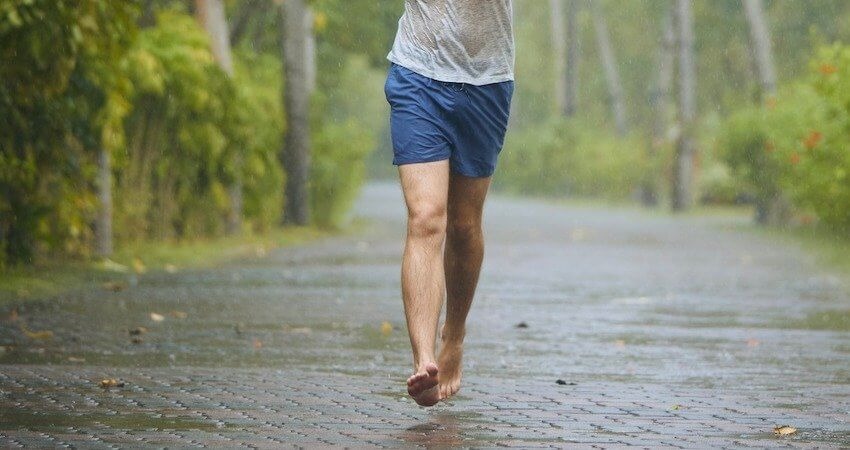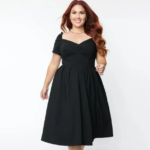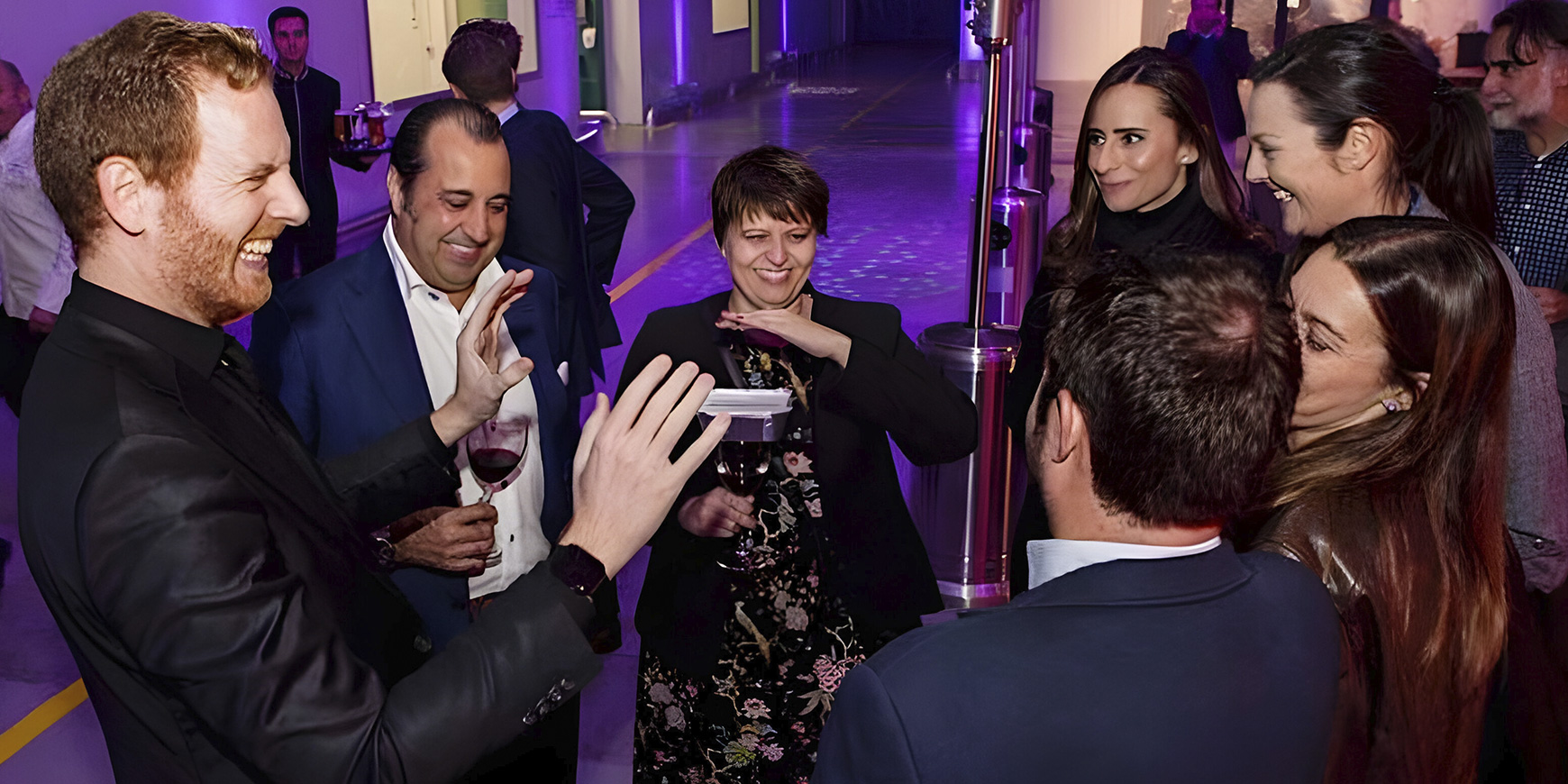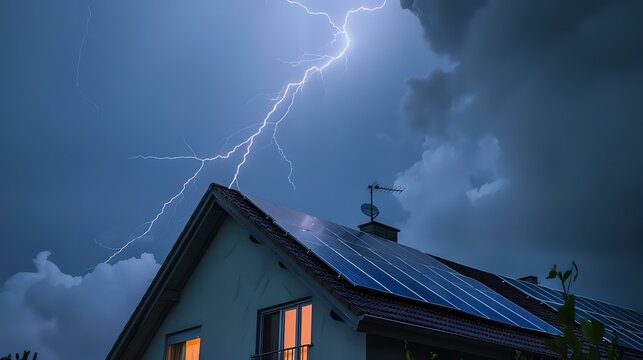Living with flat feet led me to explore barefoot shoes as an alternative to traditional footwear. After thorough research and consulting with my podiatrist, I discovered how these shoes could help my condition.
The shift to barefoot shoes changed how my feet work. Their thin soles and flexible design forced my foot muscles to engage more. I noticed a better ground feel and awareness of my foot position. My natural stride improved as my feet moved more freely.
The benefits surprised me. Over time, I felt my arches gaining strength, and the nagging pain from plantar fasciitis decreased. My posture improved too, reducing strain on my knees and back.
If you’re interested in healthy shoes, check out this list of cheap barefoot shoes, you’ll be surprised how affordable they are. The same expert reviewed the best winter boots for 24-25. This is the most useful article I have read recently.
But the journey wasn’t easy. I learned to transition slowly, starting with brief periods in barefoot shoes. Some days brought discomfort, teaching me to listen to my body’s signals. These shoes aren’t a miracle cure – they work best alongside my stretching and exercise routine.
When choosing barefoot shoes, I focus on three key features: thin, flexible soles, room for my toes, and no heel elevation. I pick different pairs for different activities, from daily walks to running.
For anyone considering barefoot shoes for flat feet, I strongly recommend seeing a professional first. My podiatrist’s guidance proved invaluable in making this transition safely and effectively. While barefoot shoes helped me, each person’s experience varies.
Remember, what worked for my flat feet might not work for everyone. I’ve found success by combining barefoot shoes with targeted exercises and regular check-ups. It’s about finding the right balance for your feet’s needs.
What are the advantages of barefoot shoes over regular ones?
The benefits became clear within months. My foot muscles grew stronger as they worked harder with each step. I gained better awareness of how my feet moved and contacted the ground. My running form changed naturally – instead of landing hard on my heels, I found myself stepping more gently midfoot.
But these shoes aren’t perfect. The minimal cushioning means I feel every pebble, and rough terrain can be challenging. Initially, my feet tired quickly, and I had some soreness from the lack of arch support. I needed to build up gradually from wearing them just an hour daily.
My podiatrist helped me transition safely, explaining that barefoot shoes work differently for everyone. Some of my running friends swear by them, while others went back to traditional shoes. For me, starting slowly was crucial – rushing would’ve risked injury.
I’m careful about where and when I wear them. They’re great for my morning walks and gym sessions but less ideal for long hikes on rocky trails. I’ve learned to really listen to my body’s signals about what works.
Through this journey, I’ve found barefoot shoes have improved my foot strength and movement awareness. But they required patience, gradual adaptation, and accepting their limitations. If you’re considering the switch, I’d strongly suggest talking with a foot specialist first. They helped me understand whether these shoes would suit my specific needs.










